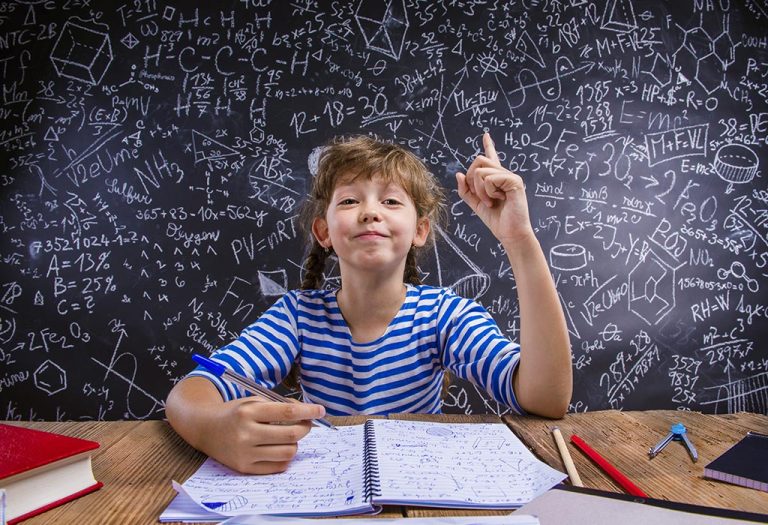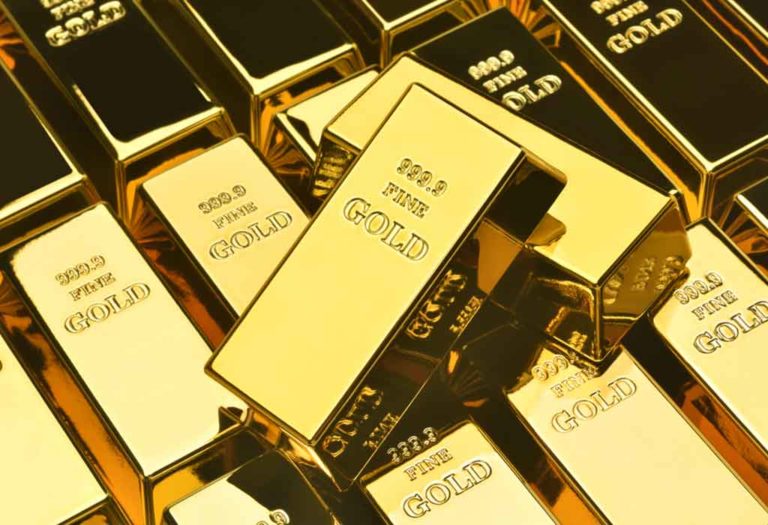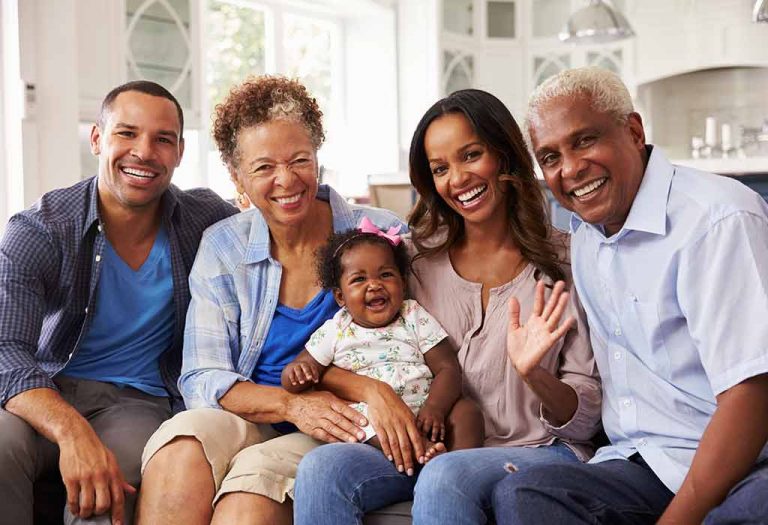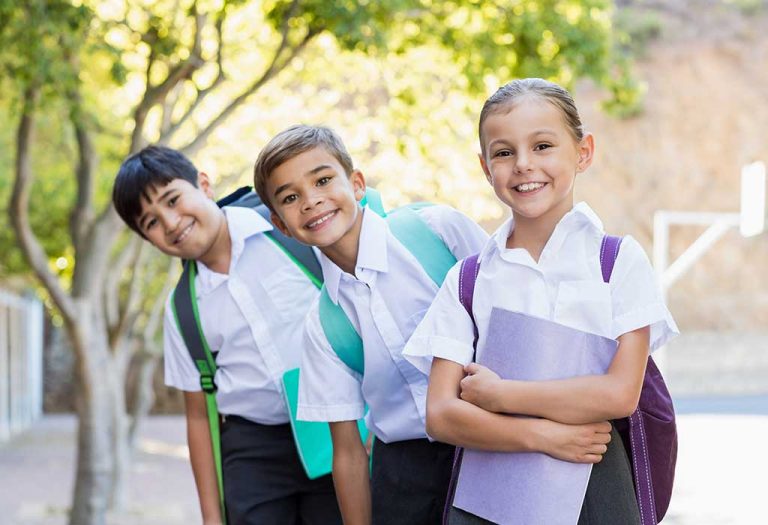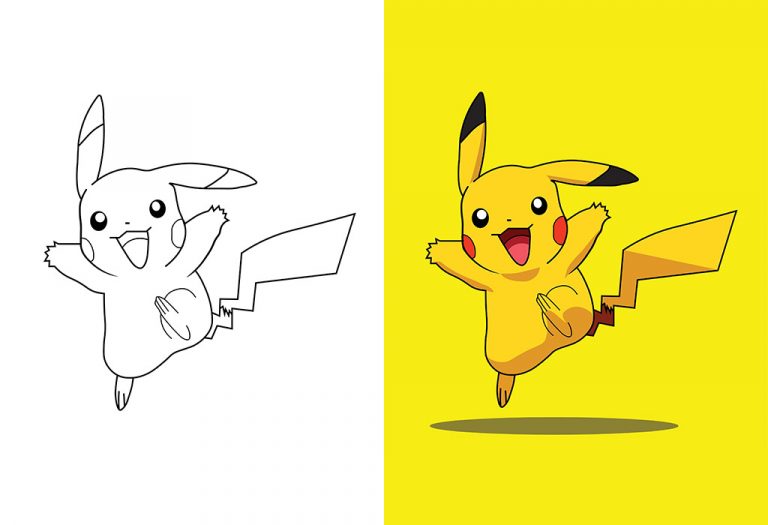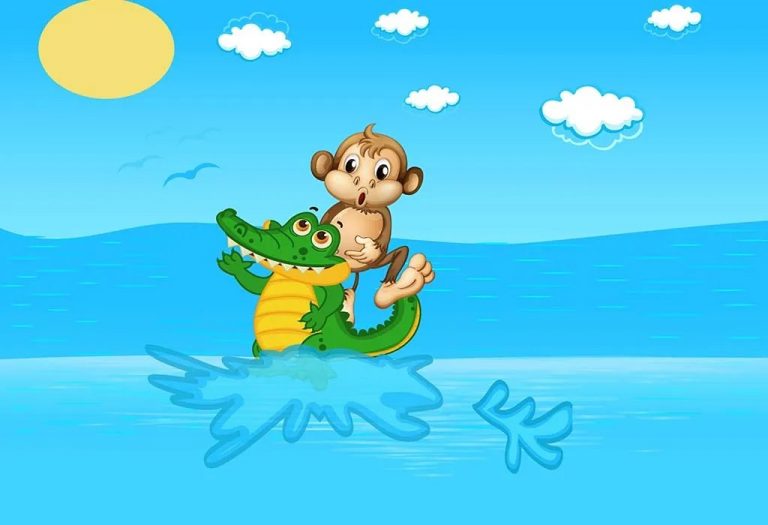Interesting Indian Independence Day Information for Kids
India celebrates its independence day on August 15 every year. Independence day is celebrated with much fervour and enthusiasm across the country. People of different ethnicities, religion, caste and gender unite in celebration. But kids of this generation don’t know how India achieved independence – there is so much that your kids can learn about India’s struggle for independence. Read this article to know some interesting facts about Indian Independence day that your kids can learn.
Video: Interesting Indian Independence Day Information for Kids
When and Why Do We Celebrate Independence Day?
Indian people were done with the British rule and so they decided in 1929 to demand full independence from the British on 26th January 1930. However, the British did not agree to this and went on to rule India until 15th August 1947.
On July 18, 1947, the British had passed a law that stated that on 15th August 1947, India would become an independent country and would cease to be a part of the British Empire. Thus, India gained its freedom on the latter date, and since then, every 15th August is celebrated as India’s Independence Day. It must be noted that the date of 26th January was still remembered and later became the date when India became a republic nation in 1950.
Independence Day is celebrated in remembrance of the sacrifices that our leaders made so that we could live as free citizens and as the masters of our own destiny.
History of Independence Day of India
The British came as traders to India in the 1600’s and were allowed trading rights by the powerful Indian Emperor Jehangir. India was then ruled by the Mughals who were too powerful for the British. It is only later when the Mughal empire disintegrated that the British began to conquer small parts of India. Starting with the battle of Plassey in 1757, the British began expanding rapidly throughout India till 1857.
In 1857, the Indians were fed up of the British, and there was a massive uprising throughout Northern India where Indian leaders of different backgrounds fought against the British. It is famously known as the first battle of Independence, and the British stopped expanding to other territories within India after this.
The British went on to rule India despite the freedom movement. The struggle for freedom brought the nation together. Mahatma Gandhi, the father of the nation, started many movements to force the British to leave India. By 1945, the British economy was destroyed because of World War 2, and they knew it was only a matter of time before they leave. However, on this happy day, there was also the tragedy of partition where India was divided into India and Pakistan.
How is 15th August Celebrated in India by Children?
Independence Day is celebrated with great pomp throughout the country. Independence Day is a national holiday in India. But in schools, celebrations usually take place for an hour or two. In schools, children celebrate India’s Independence Day by singing patriotic songs, reciting speeches, and dancing on patriotic songs. Songs such as Hum Sab Bhartiya Hain, Vande Mataram, Hum Honge Kamiyab are sung on this Day.
The Indian flag is unfurled, kids sing the national anthem. Sweets are distributed in the end. On the 15th of August, the Indian flag is seen in the hand of every child. Kids even ride their cycle around the neighbourhood with the Indian flag majestically fluttering as the cycle picks up speed.

Interesting Facts About Indian Independence Day
Here are some interesting facts about India’s Independence Day that you can tell your kids.
- When India became independent, it had no national anthem. ‘Jana Gana Mana’ by Rabindranath Tagore, which was first sung in 1911 was declared the national anthem of India in the year 1950.
- When India became independent, it did not have a prime minister, president or even a government. All of this happened only much later when India became a republic nation. During the time of independence, the Governor General was the most important and powerful person in India.
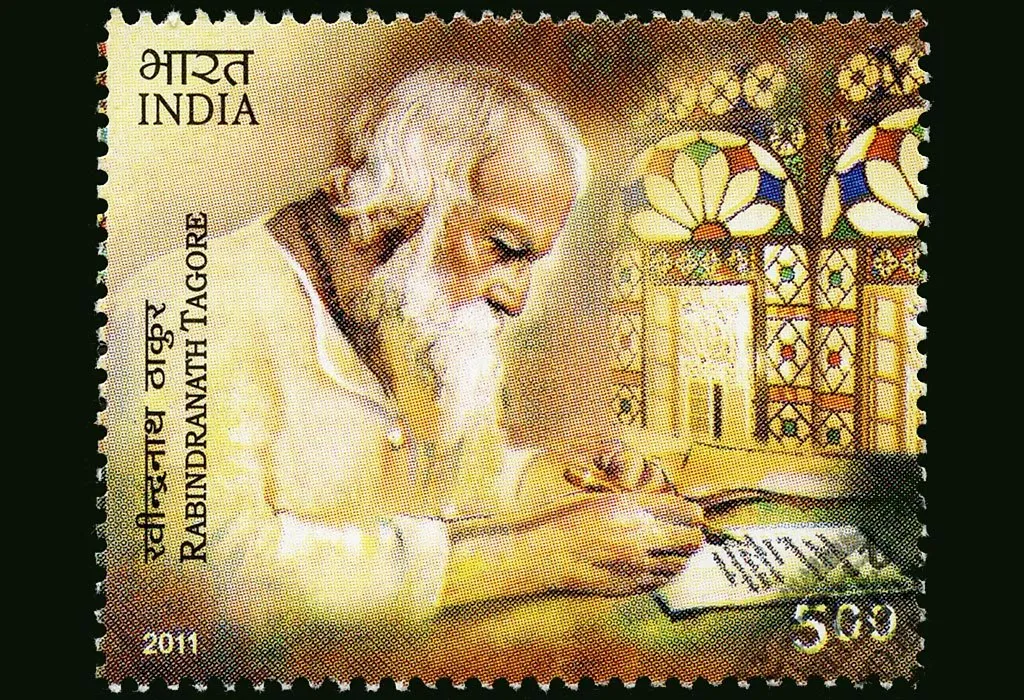
- Many parts of India were in fact, different kingdoms during independence. It has been recorded that when India became independent, there were as many as 565 princely states or kingdoms. All of that changed quickly as Sardar Vallabhai Patel, and other leaders used different strategies to incorporate these kingdoms into India. Jammu and Kashmir, Hyderabad, Mysore and Travancore were just some of the big kingdoms that became a part of India after Independence.
- India is not the only country that celebrates Independence Day on 15th August. There are others that share the same day as their Independence Day. However, these countries became independent in different years. These countries are Bahrain, North Korea, Congo, Liechtenstein and South Korea.
- Goa was a Portuguese colony even after Independence and only became a part of India in 1961.
- Officially, the celebration of Independence Day by the Government of India takes place at the Red Fort in New Delhi. Here, the Prime Minister gives a speech to the nation.
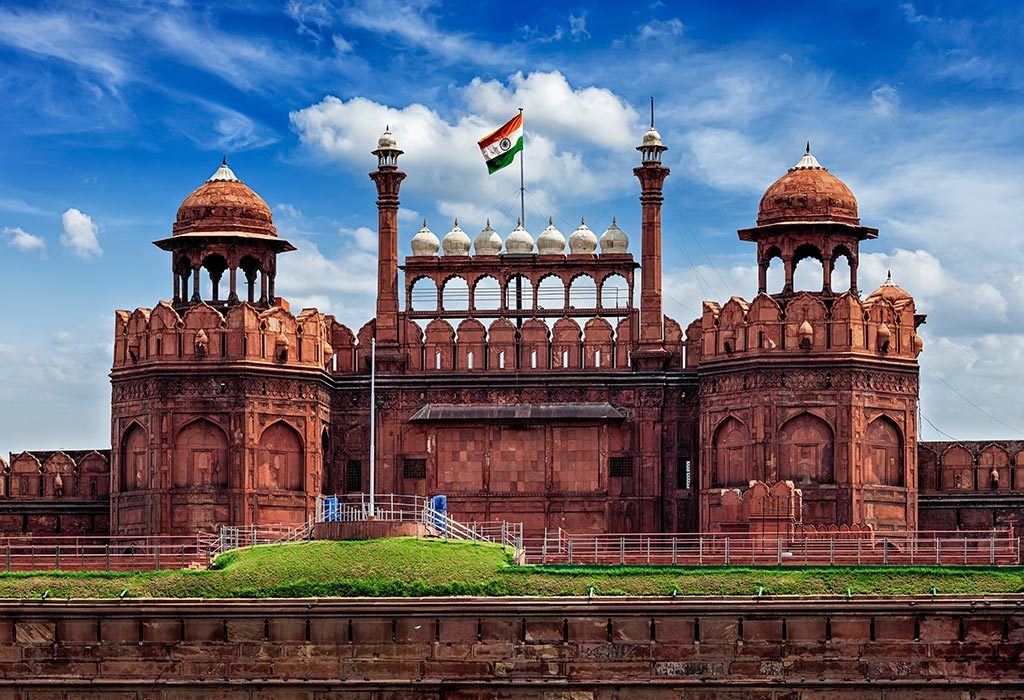
- The Independence of India also brought about the partition of the country on religious lines. Many people from the Hindu and Muslim community were killed due to the communal tension and hatred, which became prominent during this time. Many have gone on to say that it resulted in the largest human migration in history. However, it must also be remembered that during these tough times, many people risked their lives to save their neighbours from the opposite community.
- Mahatma Gandhi, the father of the nation, did not take part in the first Independence Day celebration. He went on a hunger strike so that people stop killing each other due to partition.
- The job of carving out the borders of Independent India was given to a man called Cyril John Radcliffe. The irony is that he had never been to India and had been given the challenging task of its division. He was so hurt by the destruction it caused that he refused his salary of 40,000 INR which was a big amount in those days.
- At the time of independence, Hindi was not the national language of India. It was chosen as India’s first official language and was declared so in 1950.
- The Karnataka Khadi Gramodyoga Samyukta Sangha (KKGSS) is the only unit in India authorised to manufacture and supply the Indian flag.
- India’s national bird, the resplendent Peacock, was officially recognized as such in 1963, years post India’s independence. This magnificent creature was selected due to its profound symbolism in Indian religious and cultural narratives, and its vivid display of colors, which aptly encapsulates the diversity and richness of Indian culture.
- The design of the Indian national flag was adopted by the Constituent Assembly just a few days before Independence, on July 22, 1947. Its design was proposed by Pingali Venkayya, an Andhra Pradesh-born Indian freedom fighter.
Not many people know these facts about Indian Independence Day. Tell these to your child so that he can learn about his country’s struggle for independence and respect the nation. If we have missed out on some lesser-known facts about Independence Day, do let us know in the comments!
Also Read:
Independence Day Speech for Kids
Independence Day Activities for Children
Independence Day Craft Ideas for Kids
Indian National Flag Facts & Information for Children



